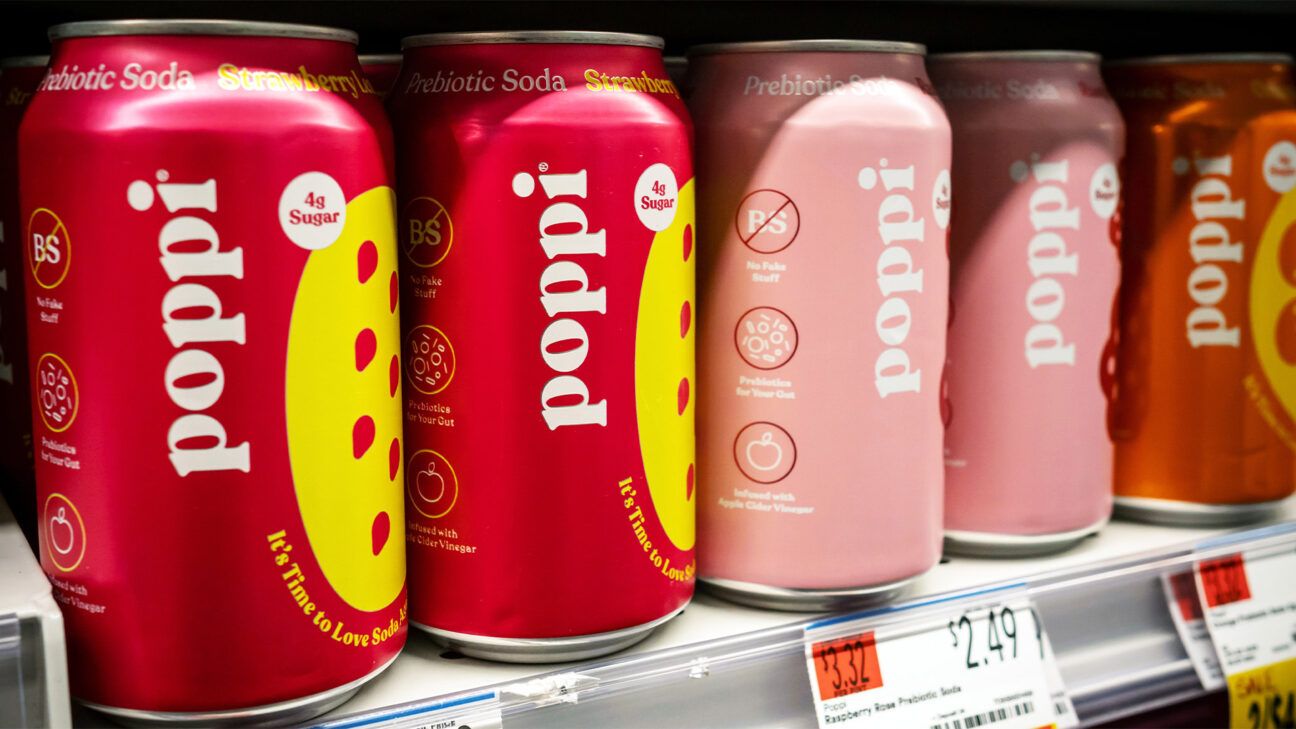FDA To Review New Alzheimer’s Drug Leqembi and How Often Patients Get Medication

- An Alzheimer’s disease drug may soon have a new dosing schedule.
- The medication, Leqembi, is currently administered via an infusion every two weeks.
- Under the proposed changes, the medication would be administered once a month.
- Leqembi is a medication that clears highly-toxic protofibrils, a type of protein, from the body.
A medication designed to slow early Alzheimer’s disease (AD) may soon have a new dosing schedule.
The medication, Leqembi, is currently administered via an infusion every two weeks.
Once it’s in the body, it helps clear amyloid plaques from the brain to delay cognitive decline.
The Food and Drug Administration (FDA) recently accepted an application from the drug manufacturer, Eisai, for a monthly intravenous dosing option, according to a press release.
The new dosing schedule would help reduce the burden for people with Alzheimer’s and their caregivers, but it’s unclear if the shift impacts the efficacy and safety profile of the drug.
The agency stated it will make a decision by January 25, 2025.
“If approved, the new dosing schedule for Leqembi would provide a more convenient treatment option for Alzheimer’s patients and their caregivers, potentially improving adherence and outcomes,” Jonathan J. Rasouli, MD, a spinal neurosurgeon at Staten Island University Hospital, told Healthline.
Here’s how the drug works
Leqembi is a medication that clears highly-toxic protofibrils—a protein that contributes to neuronal injury—from the body.
Protofibrils are thought to be one of the most damaging forms of amyloid beta (Aβ) proteins, or the type of plaques found in the brain of people with AD.
Research has shown that reducing protofibrils may help prevent the progression of AD.
“By binding to these plaques, Leqembi helps clear them from the brain, which could potentially slow progression of the disease,” explains Rasouli.
Leqembi is currently approved to be administered every two weeks through an hour-long infusion session.
“Its effectiveness has been demonstrated in clinical trials, where it has shown the ability to reduce amyloid plaques and slow cognitive decline in patients with early Alzheimer’s disease,” says Rasouli.
That said, the medication is new so its effectiveness and long-term benefits are still being evaluated, he added.
How the dosing shift would impact patients
According to the press release, the once-a-month regimen will continuously clear the protofibrils throughout the month.
But the change in dosing will need to be evaluated in clinical trials.
“It’s possible that a different dosing schedule could alter the drug’s pharmacodynamics, which in turn could affect its overall safety and efficacy profile,” Rasouli said.
The FDA will be reviewing several factors, including the safety, efficacy, side effects, and benefit-to-risk ratio associated with the new dosing schedule.
The new dosing regimen would also be less burdensome for people with Alzheimer’s, the press release states.
Fewer treatments mean fewer visits to healthcare facilities, which can lower the burden for patients and their caregivers, according to Rasouli.
“The dosing frequency would make it easier for patients to obtain as they are given by infusion centers which remains a barrier to patients receiving this class of medications,” said Clifford Segil, DO, a neurologist at Providence Saint John’s Health Center in Santa Monica, CA.
This might improve how well people adhere to their treatment, ultimately improving outcomes.
Doctors would benefit from the shift as well: The once-a-month dosing change could “streamline the treatment process, reduce logistical challenges, and potentially lower overall healthcare costs,” Rasouli said.
Some doctors are skeptical of this new class of medications
According to Segil, Leqembi has not yet been embraced by neurologists.
“As these anti-brain amyloid medications are being used more clinically, clinical neurologists like me are observing no noticeable difference in the patients being given these anti-amyloid medications,” he said.
Segil is concerned about the side effects as multiple patients in the clinical trials developed brain bleeds, cerebral edema, and some died.
The medication has been linked to various side effects, including angioedema (swelling) and anaphylaxis (a life-threatening allergic reaction).
In rare instances, the drug can cause amyloid-related imaging abnormalities (ARIA) to show up on brain scans, including microhemorrhages and superficial siderosis.
Segil would like to see more details regarding these events.
To him, the risks outweigh the benefits.
Most neurologists have continued to use the last generation of Alzheimer’s medications such as donepezil and memantine because the side effects appear to be less severe, says Segil.
“I remain extremely concerned these medications will cause patient deaths and await post-marketing surveillance to keep tabs on the adverse effects from this family of medications,” he said.
The bottom line:
A medication designed to slow early Alzheimer’s disease (AD) may soon have a new once-a-month dosing schedule. The medication, Leqembi, clears amyloid plaques from the brain to help delay cognitive decline. Administering it once a month, instead of every two weeks, may help reduce the burden people with Alzheimer’s and their caregivers face. More data is needed to better understand the effectiveness and safety profile of the new dosing schedule—and some neurologists remain concerned about the side effects.








